Winter Lawn Damage: Treating Lawns With Cold Damage
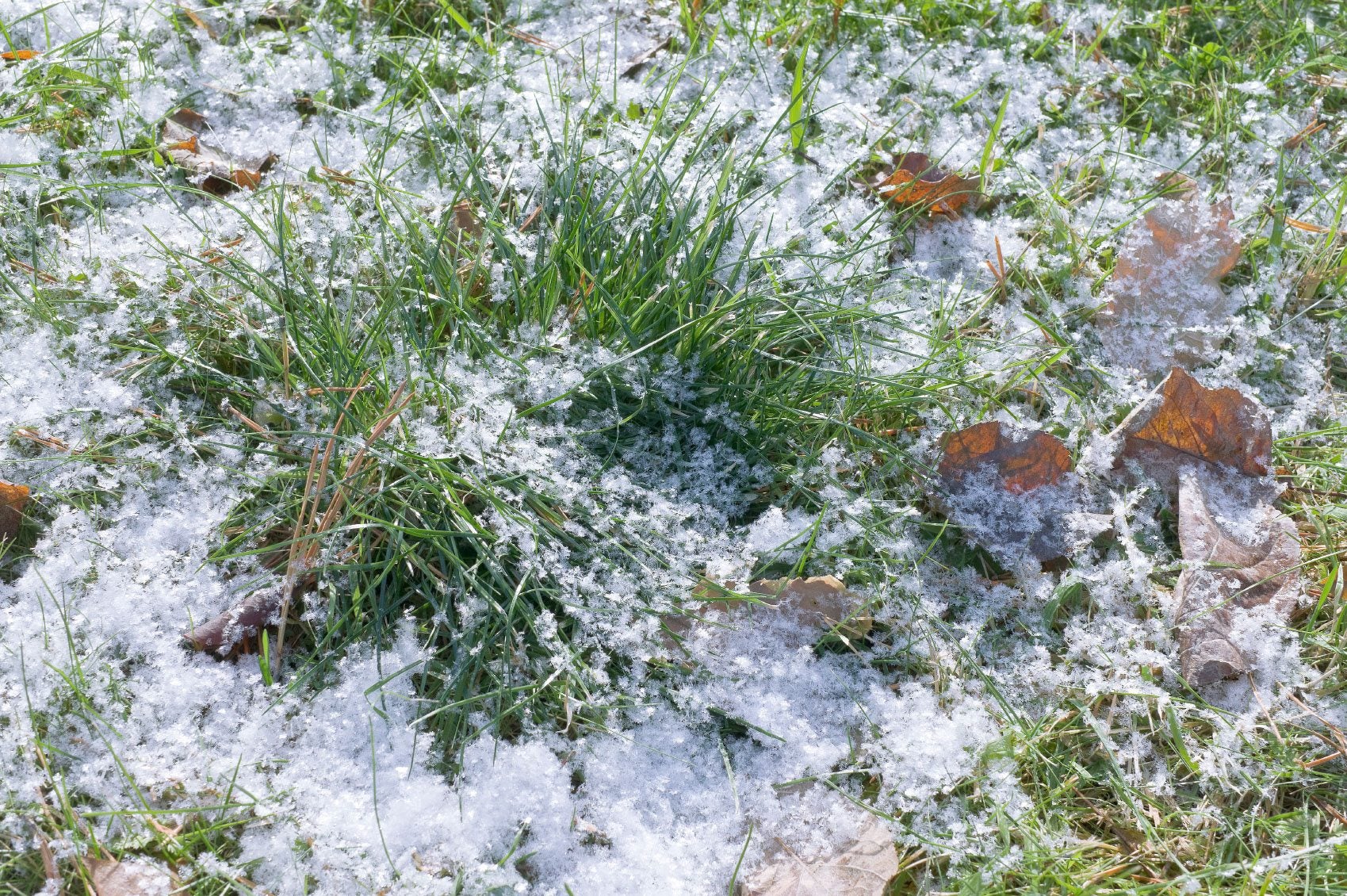

The smell of fresh, green grass is one of the very best things about spring, but that simple pleasure can be ruined if the snow recedes and you discover your grass is looking less than perfect. Winter lawn damage is a common problem across the country, but it doesn't have to mean your hopes of a beautiful lawn are shattered. Read on to learn more.
Causes of Cold Damaged Lawns
There are a number of common causes of winter damage on turf, most of which are environmental. Depending on the cause of your lawn damage, there may be extra precautions to take to avoid it in the future. Do any of these sound familiar?
- Crown Hydration. When warm weather is followed by a sudden freeze, turf grasses that have absorbed a great deal of water can expand and freeze, killing the crown. This is most common in later winter and early spring. There's not much you can do to avoid it, however.
- Snow Mold. Sometimes, when snow cover recedes, a pink or gray crusty becomes visible on lawns. This is snow mold. As the area dries out from the snow melt, snow mold generally dies, but some turf may be severely infected or already dead. The best control for snow mold is improving drainage, dethatching, and lawn aeration to increase the air circulation around the turf grass crowns.
- Voles. These furry, 4 to 6 (10-15 cm.) long mammalian pests love to create runways on the lawn, just beneath the snow. Many people attribute the damage to moles, but if you've got trampled, narrow bands of damage or areas where the grass and root are eaten completely, it's most likely caused by the mouse-like vole. You can trap, bait, or repel voles just like mice, but if they're widespread, it may be much simpler to remove the vegetative cover they're using for protection and invite the neighbor's cat over.
- Winter Desiccation. Your grass tends to continue to transpire even when cold, dry winds blow, but the ground's frozen solid. This natural method of moving waste products like oxygen out of their systems also removes water from the equation. If the turf's roots are frozen solid, there's nothing to replace the missing water with. Eventually this causes cell death that results in tan or brown leaves and even crown death if desiccation is severe.
Treating Lawns with Cold Damage
Depending on the extent of your lawn's damage, you'll either be looking at resodding or reseeding. Resods are usually more effective for large patches of dead grass and reseeding for spot repairs.
- Resodding is simple, just remove the grass that's dead and replace it with new sod, being sure to water it well until it's established. Here is more information on How to Lay Sod.
- Reseeding is a little trickier but can be helped along by a good dethatching and aerating of the existing lawn. You may be tempted but lay off the crabgrass preventer this year-- that's a pre-emergent herbicide that will also prevent your grass seeds from sprouting. Scratching the surface over larger areas of damage can help speed grass growth as well.
Make sure to water your grass seeds well and don't stop just because seedlings have emerged. They'll need plenty of moisture to establish themselves firmly. A diluted fertilizer application can also help get your baby grasses on their way to filling in the gaps. If you're not in a hurry or the dead grass is really sporadic, you may be able to wait your dead spots out. Many species of grass will eventually grow to fill in the empty spaces.
Gardening tips, videos, info and more delivered right to your inbox!
Sign up for the Gardening Know How newsletter today and receive a free copy of our e-book "How to Grow Delicious Tomatoes".

Kristi Waterworth was a regular contributor to Gardening Know How for many years, answering countless queries on plant pests and diseases.
-
 My Homemade Orchid Fertilizer Always Brings More Blooms – Here's The Easy Recipe That Transforms Plants
My Homemade Orchid Fertilizer Always Brings More Blooms – Here's The Easy Recipe That Transforms PlantsScientist-turned-gardener Mary Ellen Ellis shares her tried-and-tested DIY orchid fertilizer recipe, plus more ingredients to try for healthy, happy plants.
By Mary Ellen Ellis
-
 Looking For Plants To Give You The Soft And Fuzzies? Try These 5 Fuzzy Leaf Plant Options
Looking For Plants To Give You The Soft And Fuzzies? Try These 5 Fuzzy Leaf Plant OptionsLovers of texture, drama, silver foliage and tactile plants will adore these special sensory garden additions. These fuzzy leaf plant options will leave you all aglow
By Susan Albert
-
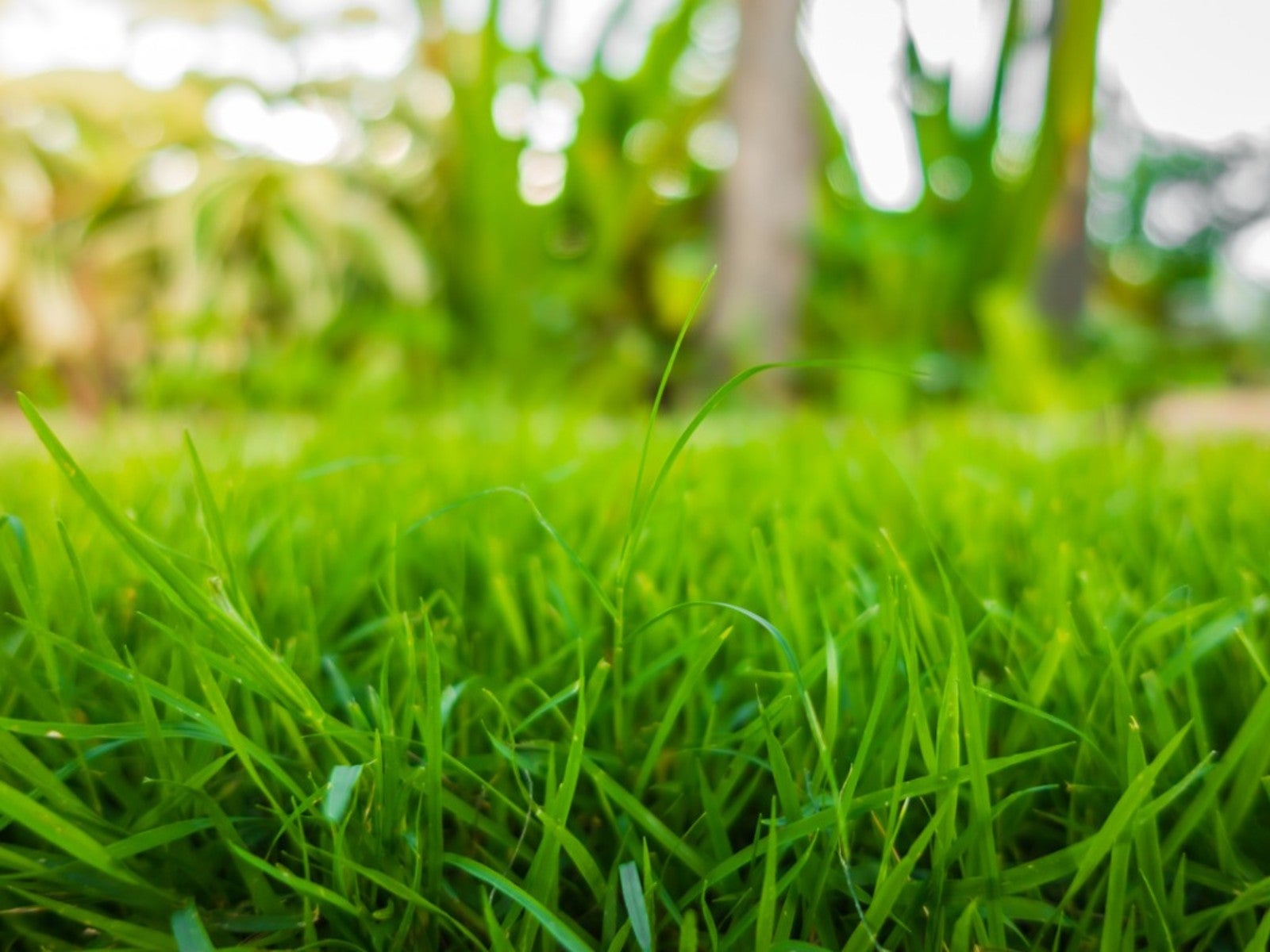 Sustainable Turf Species For A Greener Lawn
Sustainable Turf Species For A Greener LawnClick here for some of the most sustainable types of turf grass you can grow for an eco-friendly lawn.
By Bonnie L. Grant
-
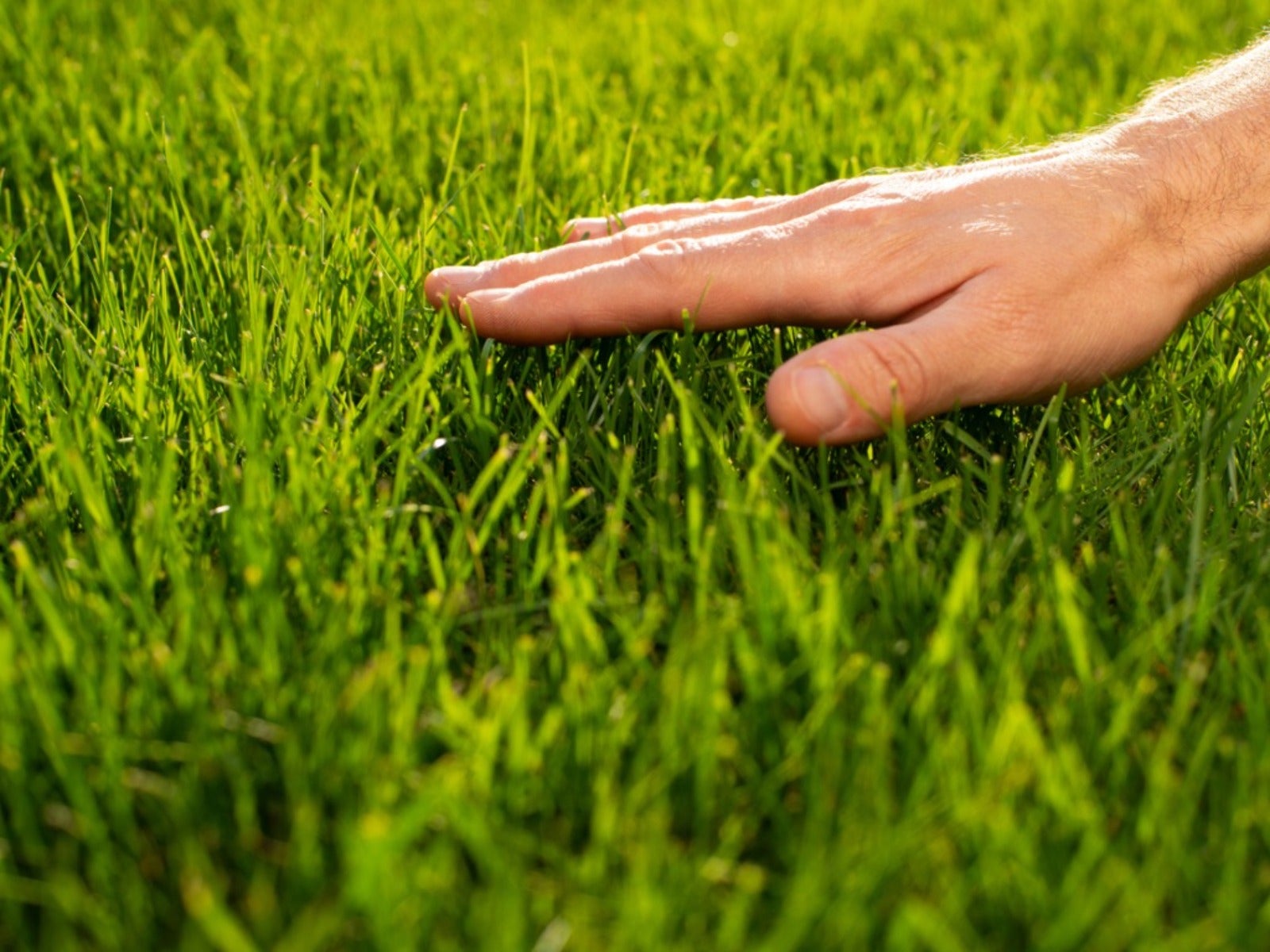 How To Grow A Sustainable Lawn
How To Grow A Sustainable LawnAdjust your thinking about a perfect green lawn and consider more sustainable methods. Click here to learn how.
By Mary Ellen Ellis
-
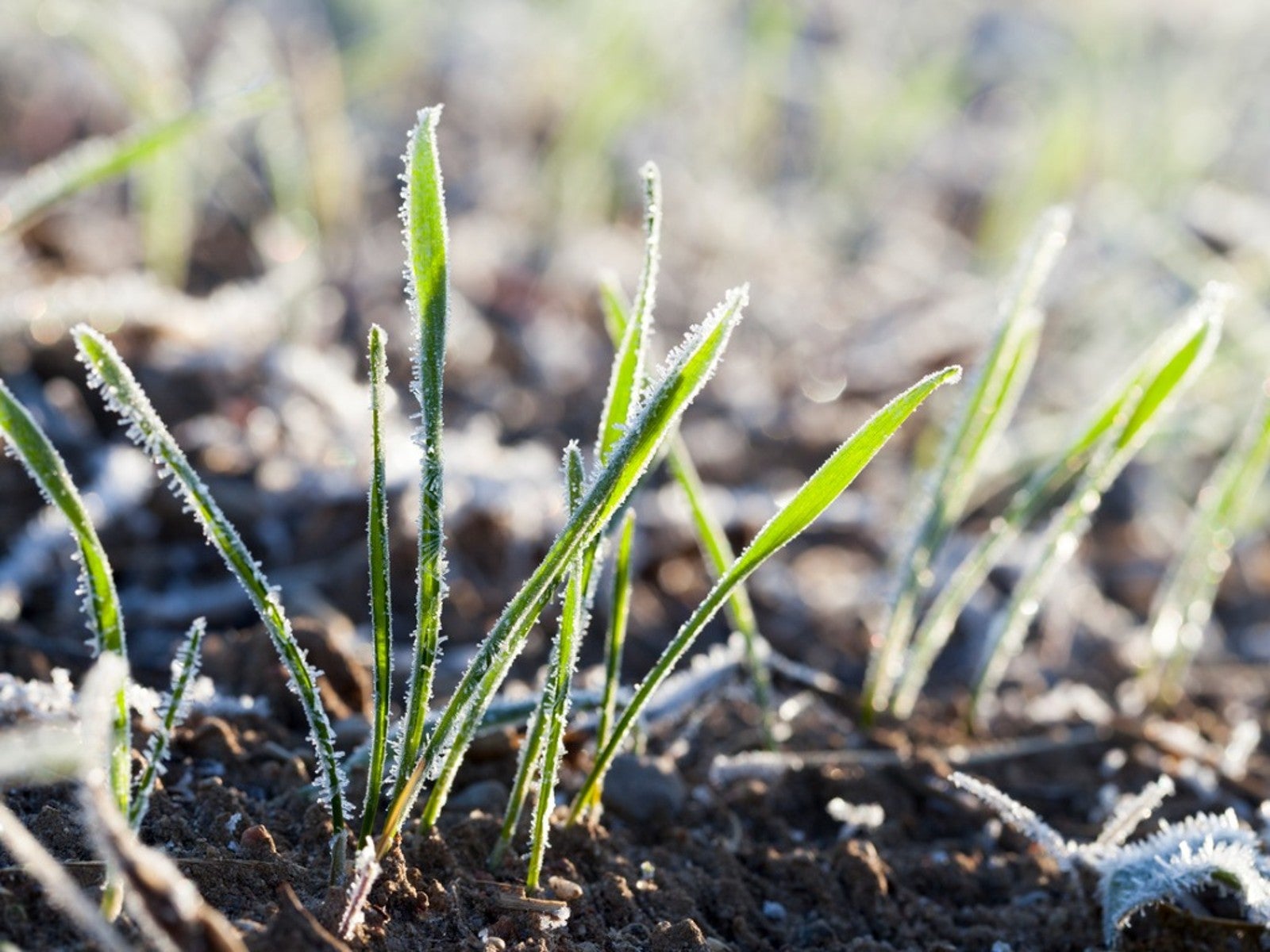 Will Frost Kill Grass Seed And How To Help New Turf Survive
Will Frost Kill Grass Seed And How To Help New Turf SurviveLearn how to help your newly sown grass survive frost and freezing weather.
By Amy Grant
-
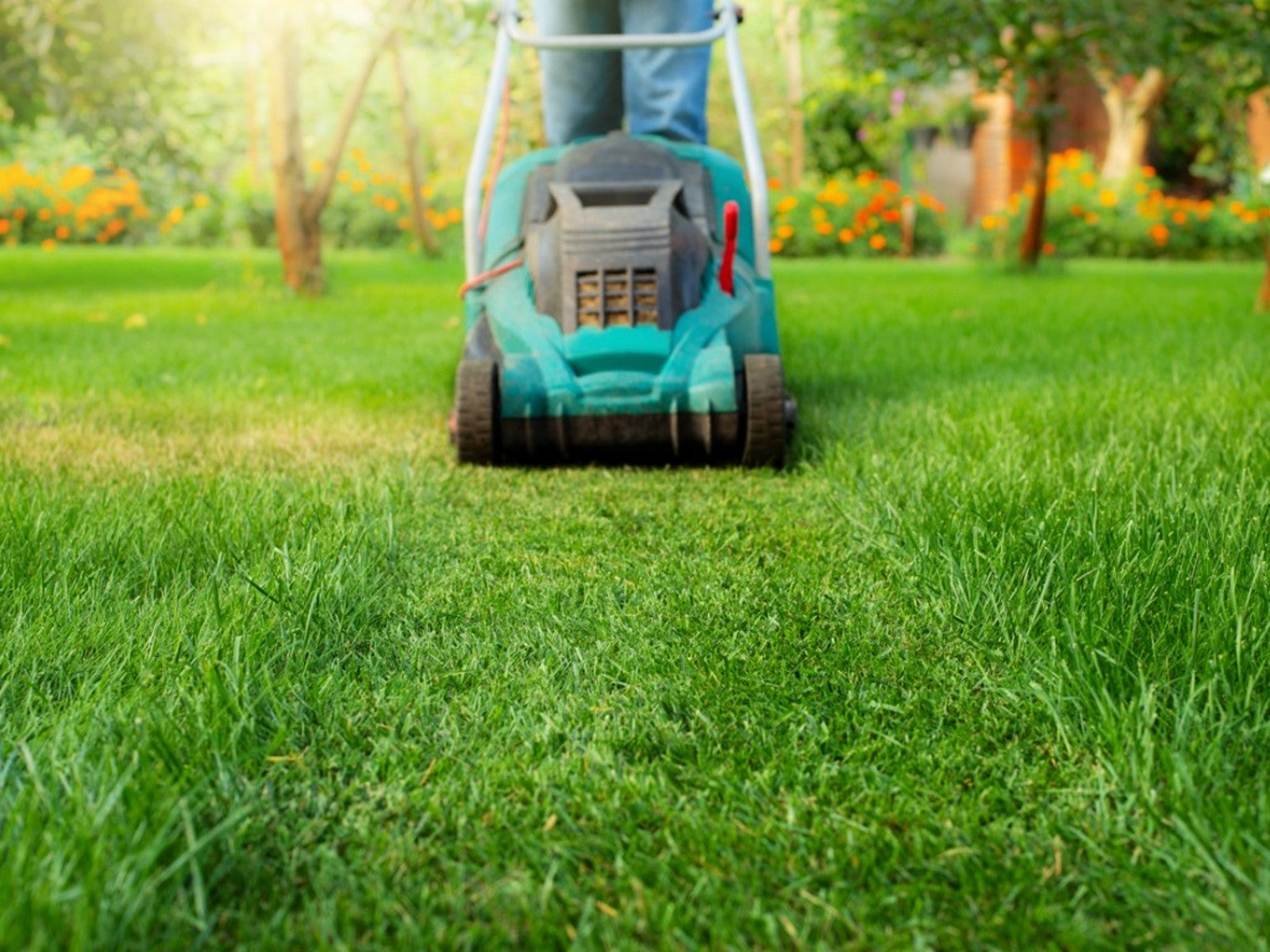 Lawn Problems That Aren’t Really Problems
Lawn Problems That Aren’t Really ProblemsYour lawn may not require as much work as you think. Learn which common problems aren’t really problems.
By Teo Spengler
-
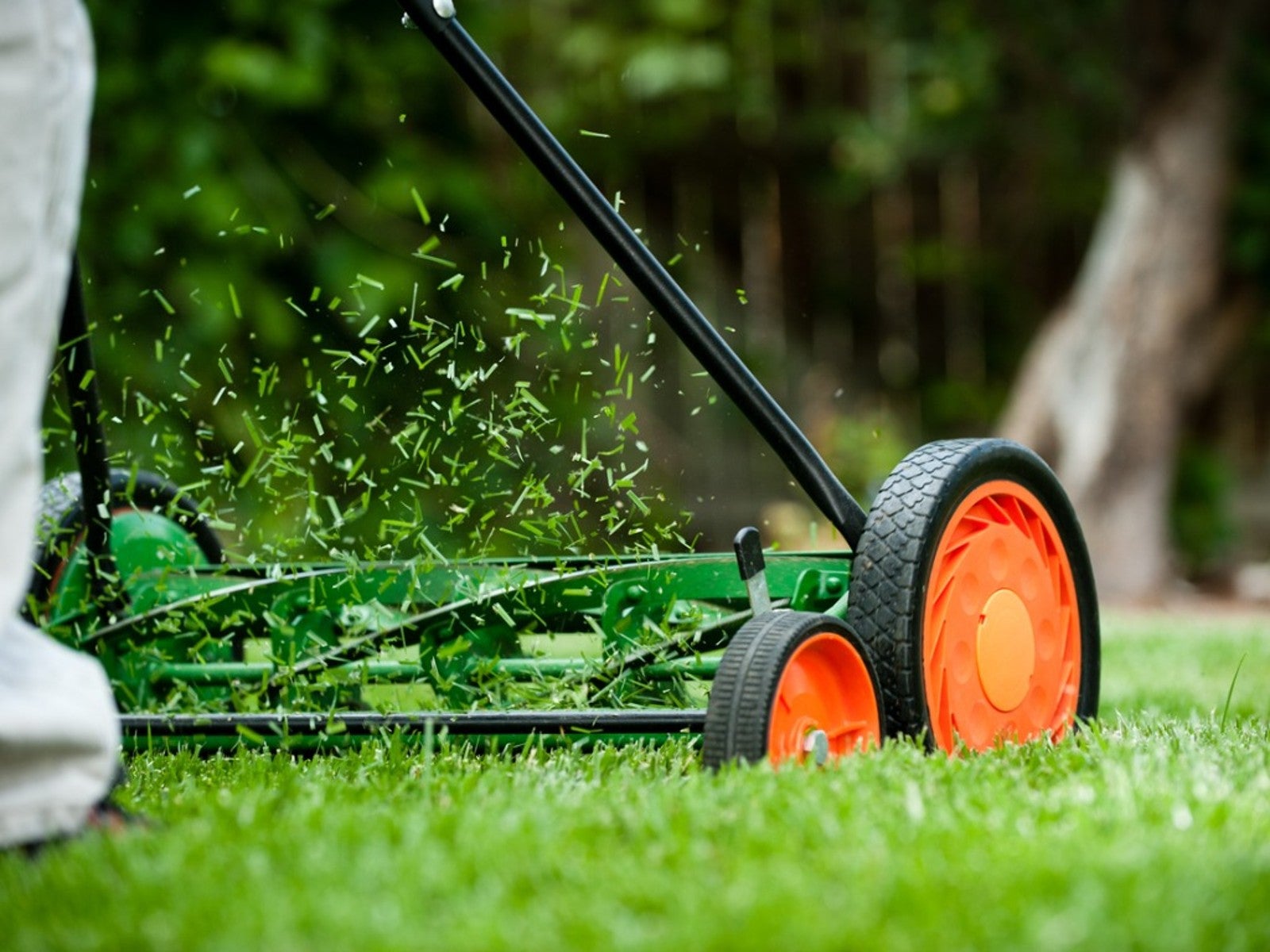 Why A Manual Push Mower Is Good For You And The Environment
Why A Manual Push Mower Is Good For You And The EnvironmentReel mowers are making a comeback, but why? Click here to learn about reel mower pros and cons.
By Amy Grant
-
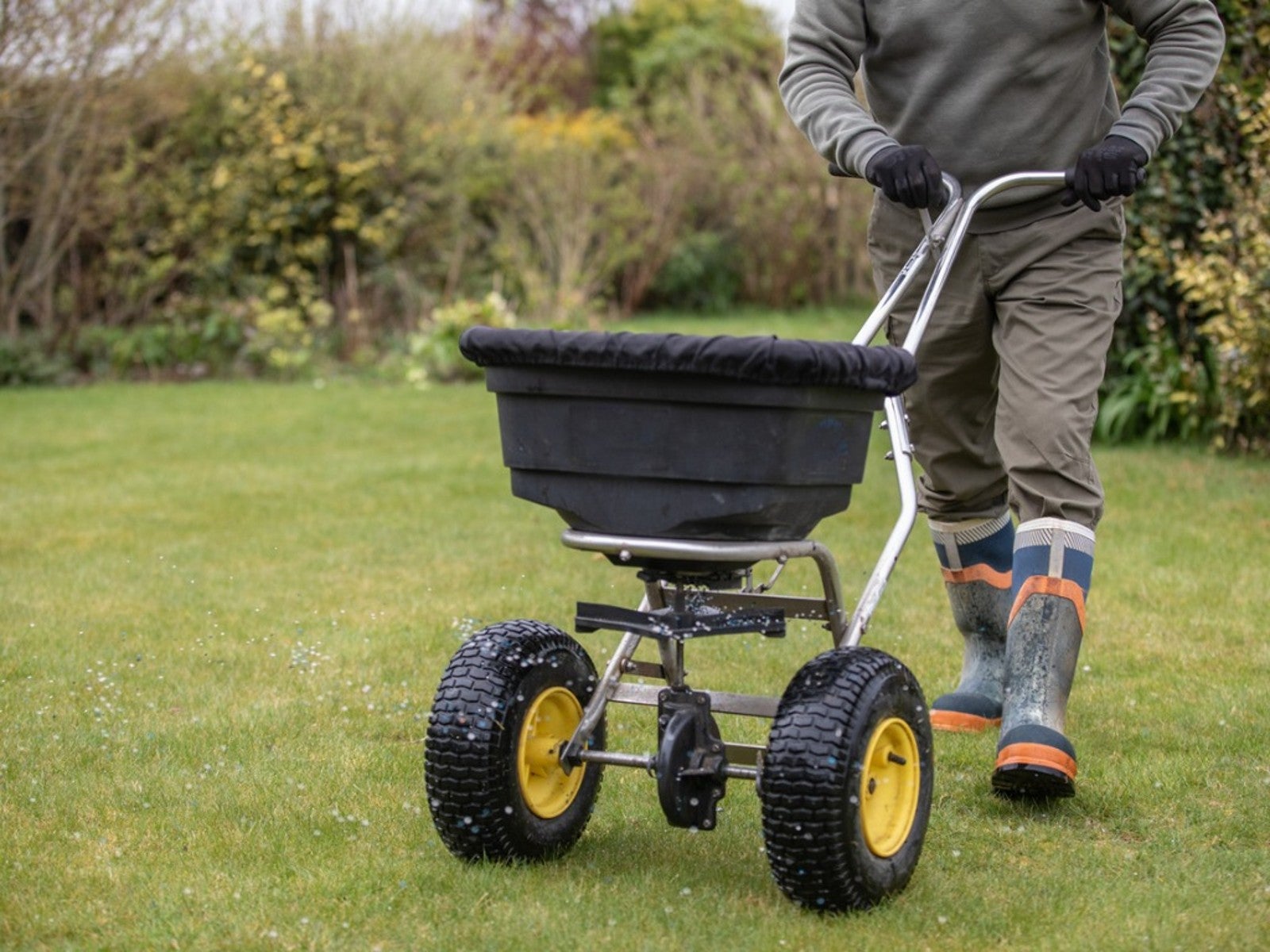 Fertilize Grass In Fall For A Lush Lawn In Spring
Fertilize Grass In Fall For A Lush Lawn In SpringFor everything you need to know about fertilizing your lawn in the fall, click here.
By Susan Albert
-
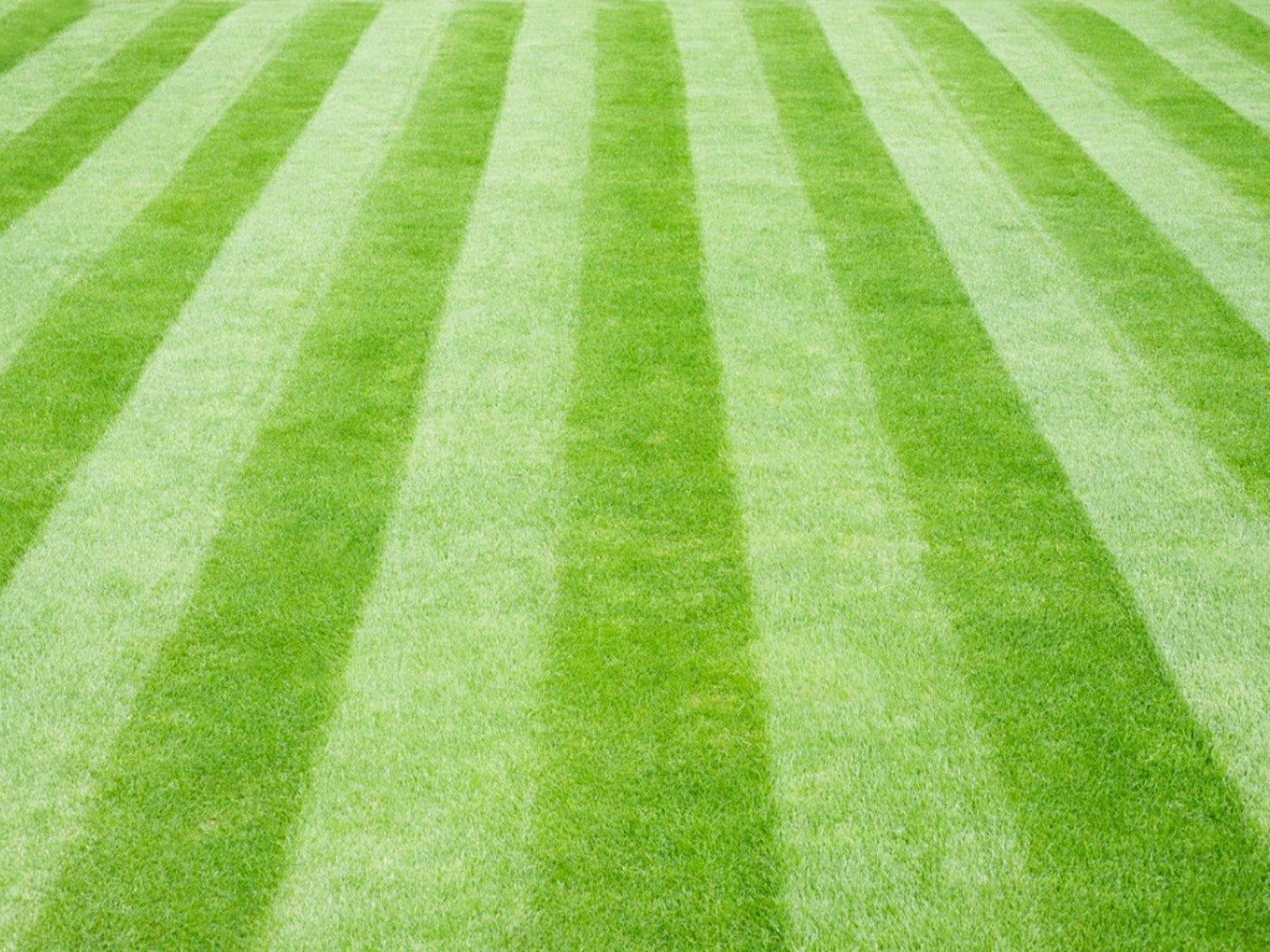 Tips For Mowing Stripes In Lawn
Tips For Mowing Stripes In LawnWouldn’t it be great to have stripes in your lawn like a sports field? Learn how here.
By Susan Albert
-
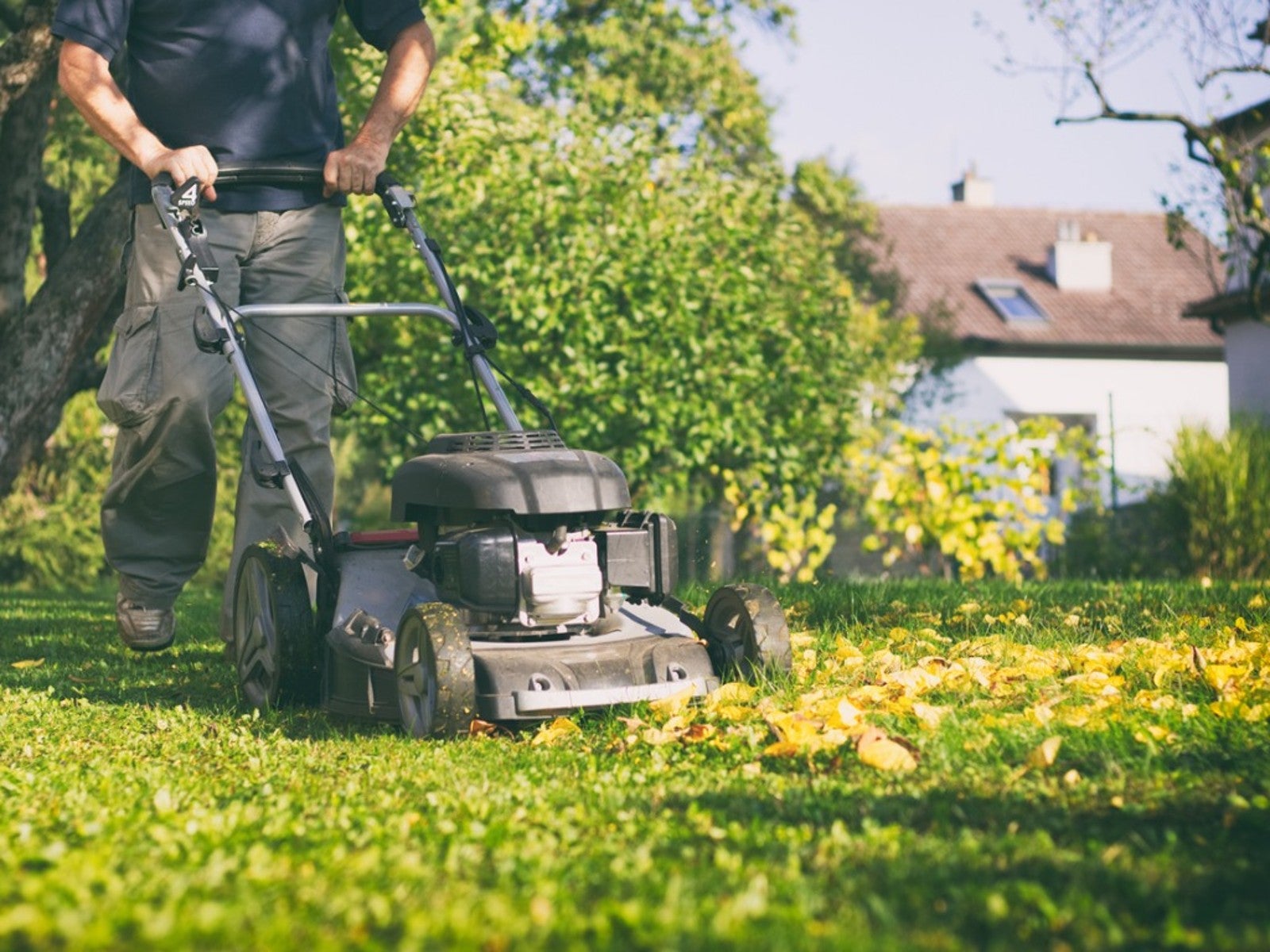 Late Summer Lawn Care Checklist
Late Summer Lawn Care ChecklistPlan to do some late summer care and maintenance of your lawn so it will be healthy and beautiful in the spring. Here are some tips.
By Laura Miller